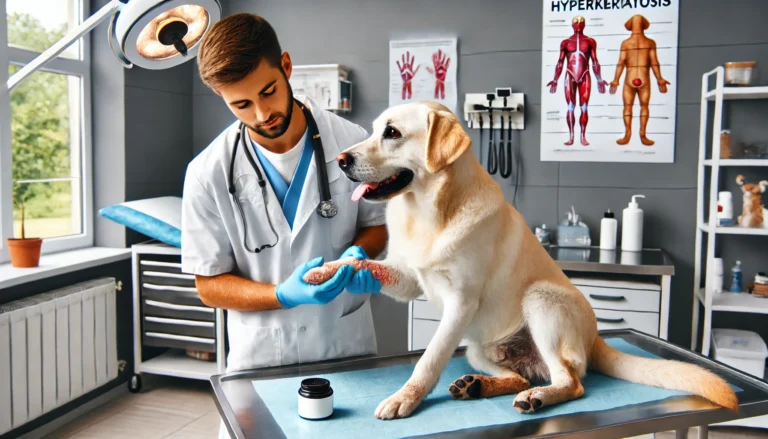dog pussy Health Guide: Everything to Know dog Vagina

Understand about the dog pussy
Caring for your female dog pussy involves understanding and managing her reproductive health effectively. This comprehensive guide delves into every aspect of canine vaginal health, providing essential information to ensure your dog remains healthy and well throughout her life stages.

Introduction to Canine Reproductive Health
Female dogs, or bitches, possess complex reproductive systems that require careful attention. Understanding the anatomy, physiological processes, and potential health issues associated with their reproductive systems is crucial for responsible dog ownership.
Anatomy of the Female Dog
The reproductive system of a female dog includes several key structures:
- Vulva: The external part of the reproductive system, visible beneath the tail.
- Vagina: The canal that leads from the vulva to the cervix, which is the entrance to the uterus.
- Uterus: The womb where puppies develop during pregnancy.
- Ovaries: Organs that produce eggs and hormones like estrogen and progesterone.
Each part plays a vital role in the reproductive health of female dogs and can be susceptible to various health issues.
The Estrus Cycle of Female Dogs
Understanding the estrus cycle is essential for breeding and health management:
- Proestrus: The stage before heat, characterized by vulvar swelling and initial signs of bloody discharge.
- Estrus: The fertile period when the female is receptive to males. Signs include a swollen vulva and a decrease in bloody discharge.
- Diestrus: The period after estrus, which can lead to pregnancy or signal the cycle’s end.
- Anestrus: A period of inactivity before the next estrus cycle begins.
Each stage has distinct changes in the anatomy and behavior of the female dog.
Common Health Issues
Female dogs can face various reproductive health issues:
- Vaginitis: Inflammation of the vagina that can occur at any age, often noticeable by discharge and excessive licking of the genital area.
- Pyometra: A life-threatening uterine infection that typically occurs in middle-aged or older unspayed females, characterized by lethargy, abdominal distention, and possibly pus-filled discharge.
- Mammary Tumors: Influenced by hormones, these are common in unspayed or late-spayed females.
- Uterine Tumors: Less common but potentially serious, these may necessitate surgical intervention.
Diagnosing these conditions early through regular veterinary check-ups is critical for effective treatment and recovery.
Diagnostic and Treatment Options
Veterinary diagnostics include:
- Physical Examinations: Regular vet visits for checks on reproductive health.
- Ultrasound and X-rays: Imaging to view the internal reproductive structure.
- Blood Tests: To detect infections, hormonal imbalances, or other related health issues.
Treatments depend on the specific condition but might include:
- Antibiotics: For infections like vaginitis or mild cases of pyometra.
- Surgery: Often necessary for severe conditions like pyometra or for tumor removal.
- Hormonal Therapy: Used cautiously to manage certain reproductive conditions.
Preventive Care and Management
Preventive measures are vital for maintaining reproductive health:
- Spaying: Recommended for non-breeding dogs to prevent issues like pyometra and reduce the risk of mammary tumors.
- Diet and Exercise: Proper nutrition and regular exercise support overall health and help manage weight, reducing stress on the reproductive system.
- Hygiene: Regular cleaning of the vulvar area helps prevent infections and irritations.
Special Considerations During the Estrus Cycle
During her heat cycle, a female dog requires extra care:
- Environment Management: Keeping her confined and away from male dogs to prevent unwanted pregnancies.
- Hygiene: More frequent cleaning to manage discharge and prevent infection.
- Comfort: Providing a quiet, comfortable space as she may experience mood changes and slight discomfort.
Things to know
A dog not eating can be distressing for any pet owner, but understanding the potential causes and knowing when to seek help can make a significant difference
Conclusion
Comprehensive care of a female dog’s reproductive health is a multifaceted responsibility that encompasses understanding the anatomy, managing the estrus cycle, recognizing signs of health issues, and knowing when to seek veterinary care. By being proactive about health checks and attentive to your dog’s behavior and physical condition, you can ensure she remains healthy and active. Always consult a veterinarian if you notice any signs of discomfort, unusual discharge, or changes in behavior related to her reproductive health.
How to clean a female dog’s privates?
Gently wipe the area with a soft, damp cloth or use unscented baby wipes. Ensure the area is dry afterward to prevent irritation.
What should my female dog’s private area look like?
A healthy female dog’s private area should be clean, without swelling or discharge (except during heat when some discharge is normal).
Is it normal for girl dogs to have brown stuff around their private part?
A small amount of brown or reddish discharge during heat is normal, but excessive or foul-smelling discharge could indicate an infection.
How do you know if your dog’s private area is infected?
Signs of infection include excessive redness, swelling, a bad odor, discharge, or the dog showing discomfort by licking the area frequently.
Why is my female dog rubbing her private area on the floor?
This could be due to irritation, infection, or allergies. It might also be a sign of worms or anal gland issues.
How long do female dog periods last?
The heat cycle usually lasts about 2 to 4 weeks.
How to take care of a dog in heat?
Keep her away from male dogs to prevent unwanted pregnancies, maintain cleanliness especially around her private area, and provide a comfortable, quiet space.
Why is my female dog’s private area swollen not in heat?
This could be due to an infection, inflammation, or a medical issue like vaginitis or a tumor. Consult a vet if swelling is noticed outside of heat periods.
What are the signs that a dog is in heat?
Signs include a swollen vulva, bloody or straw-colored discharge from the vagina, excessive licking of the genital area, clingy behavior, and urinating more frequently.
When can a female dog get pregnant?
A female dog can get pregnant during her estrus (heat) cycle, which is the second stage of the heat cycle when she accepts male dogs. This usually occurs around 9-12 months for most dogs but can vary depending on the breed and individual characteristics.


